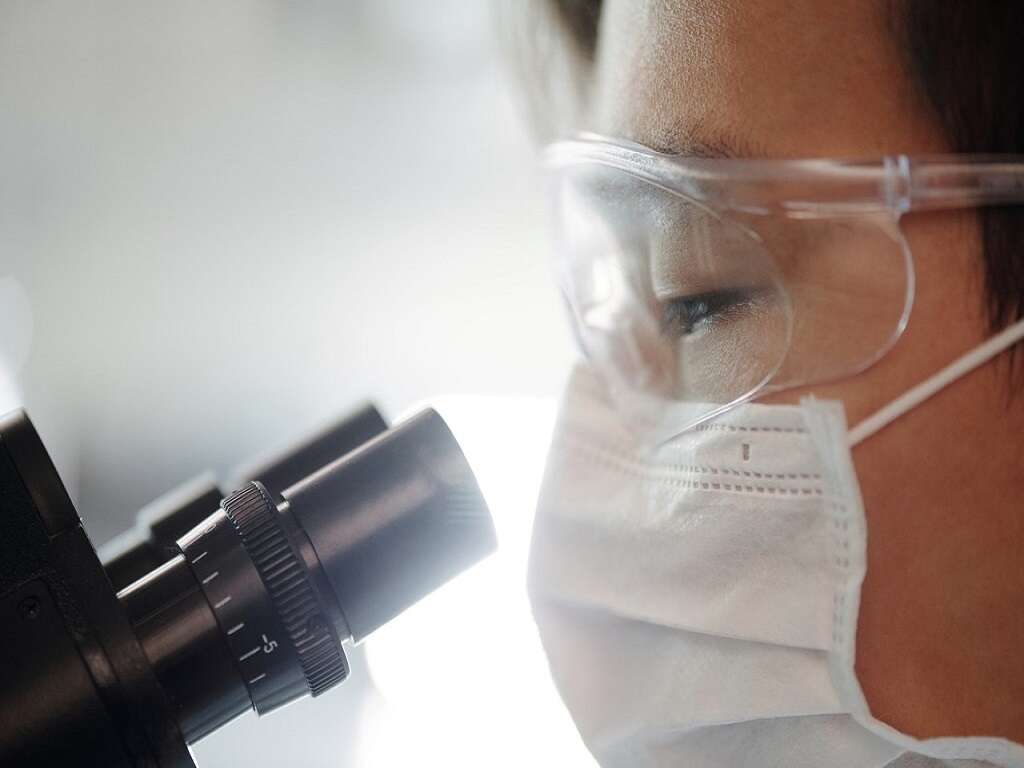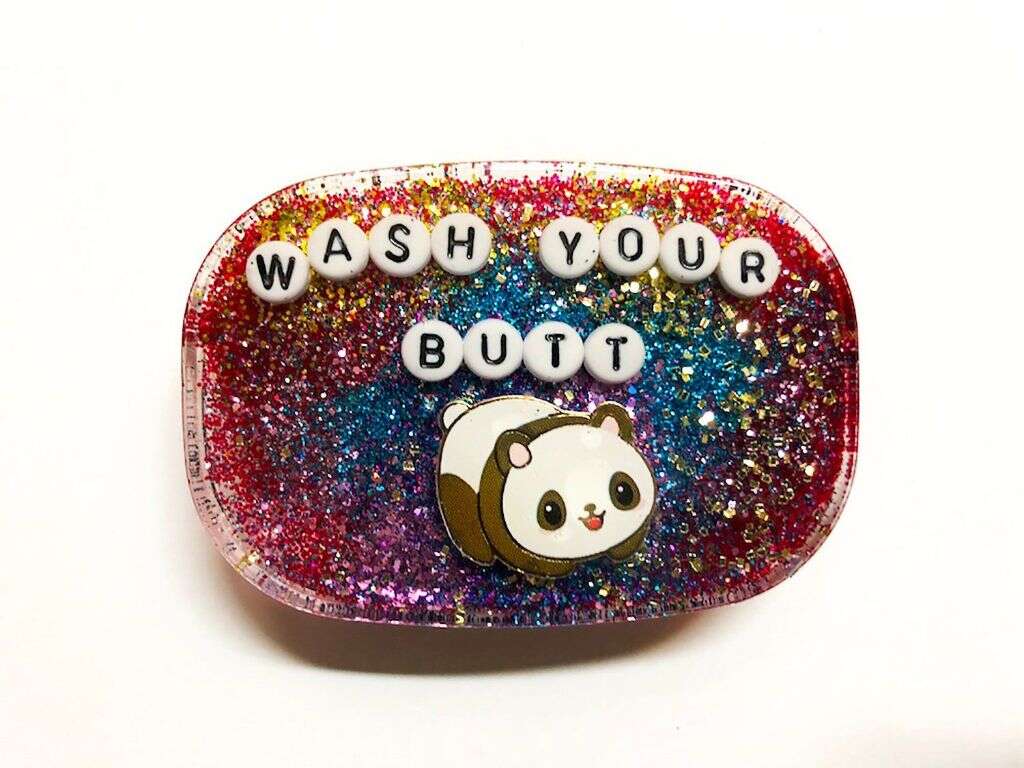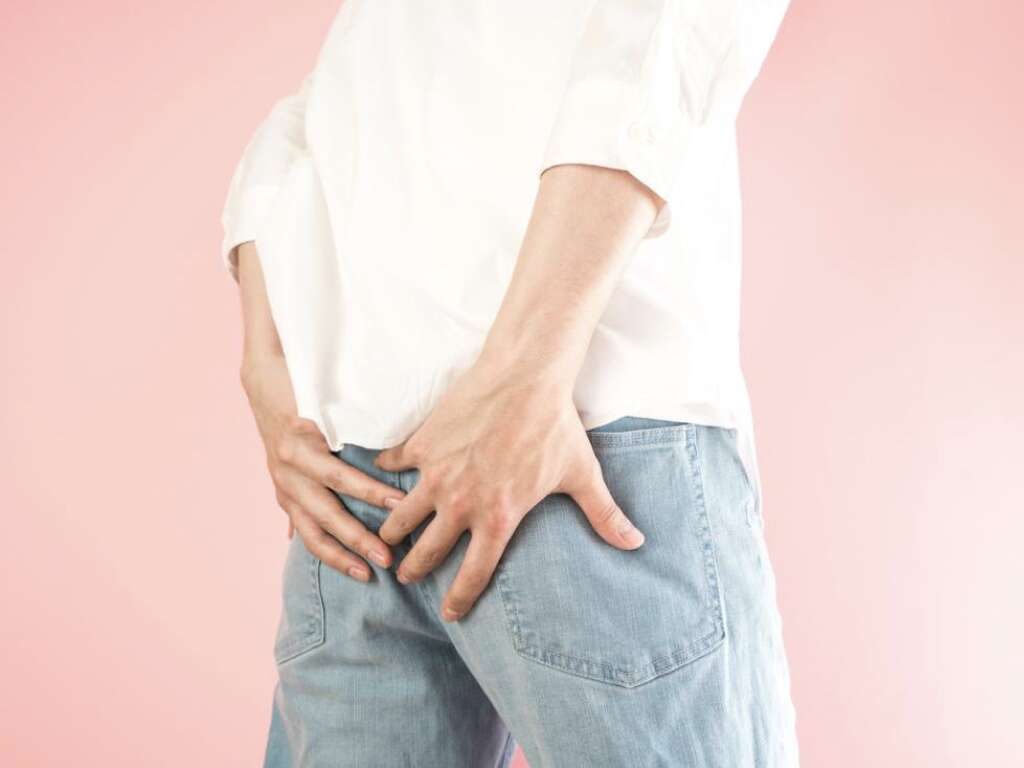10 Pilonidal Cyst Symptoms
 Article Sources
Article Sources
- 1. 'Pilonidal Cyst: Causes, Symptoms, Treatments & Removal.' Cleveland Clinic, my.clevelandclinic.org/health/diseases/15400-pilonidal-disease
- 2. 'Pilonidal Cyst - Symptoms and Causes.' Mayo Clinic, 19 Nov. 2020, www.mayoclinic.org/diseases-conditions/pilonidal-cyst/symptoms-causes/syc-20376329
- 3. 'Abscess - Symptoms.' Nhs.uk, 19 Oct. 2017, www.nhs.uk/conditions/abscess/symptoms/
- 4. 'Sepsis: Causes, Symptoms, Treatment & Prevention.' Cleveland Clinic, my.clevelandclinic.org/health/diseases/12361-sepsis
A pilonidal cyst is a small pocket that can form on the tailbone and may contain hair, fluid and skin debris. It's common in people who sit for long periods of time, such as office workers or truckers. In some cases, it may be caused by ingrown hair.
Due to the location and discomfort caused by these cysts, some people may feel embarrassed to discuss them with their doctors. It's possible for these cysts to become infected if they aren't properly monitored. To avoid potentially serious complications, a person should tell their doctor about developing cysts or signs of infection.1‘Pilonidal Cyst: Causes, Symptoms, Treatments & Removal.’ Cleveland Clinic, my.clevelandclinic.org/health/diseases/15400-pilonidal-disease
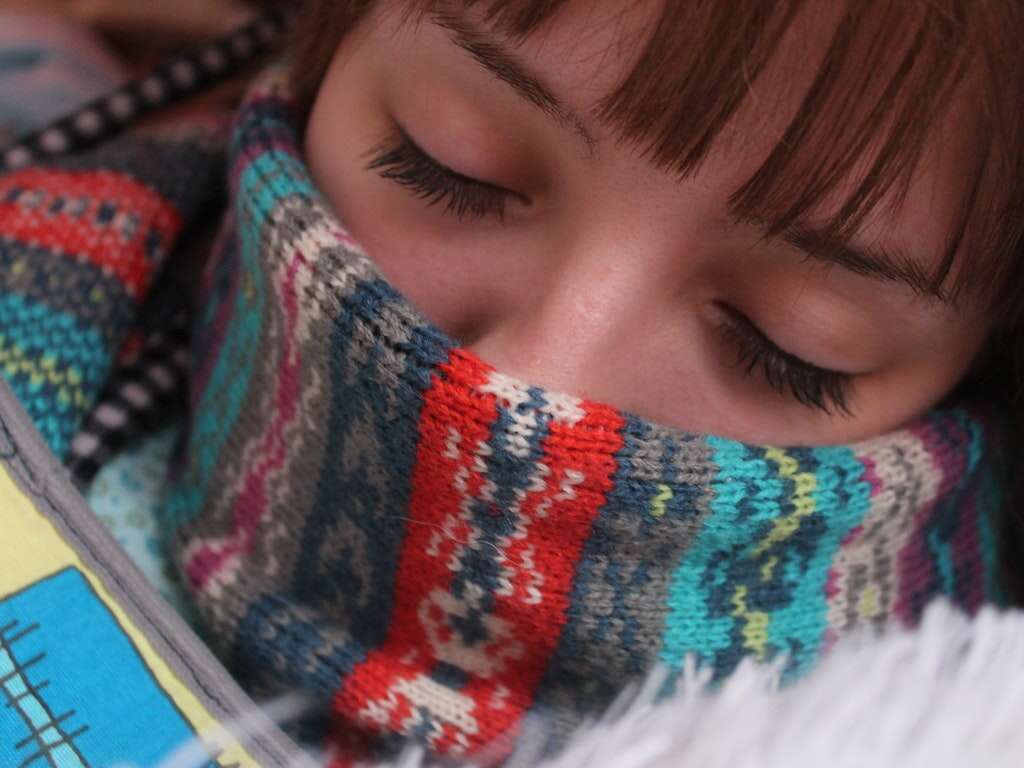
A Dimple or Raised Bump
A pilonidal cyst may appear as a small dimple, a hole in the skin or as a small bump. It commonly appears around the tailbone, although the cysts can appear elsewhere. A person may notice discomfort while sitting.1‘Pilonidal Cyst: Causes, Symptoms, Treatments & Removal.’ Cleveland Clinic, my.clevelandclinic.org/health/diseases/15400-pilonidal-disease
A person should discuss the appearance of a potential cyst with their doctor. If the cyst isn't showing signs of infection, they may be advised to keep the area clean and avoid sitting as much as possible. A person may be able to avoid repeated cysts with hair removal or other doctor-recommended management methods. It's also important to watch for symptoms of infection.2‘Pilonidal Cyst - Symptoms and Causes.’ Mayo Clinic, 19 Nov. 2020, www.mayoclinic.org/diseases-conditions/pilonidal-cyst/symptoms-causes/syc-20376329
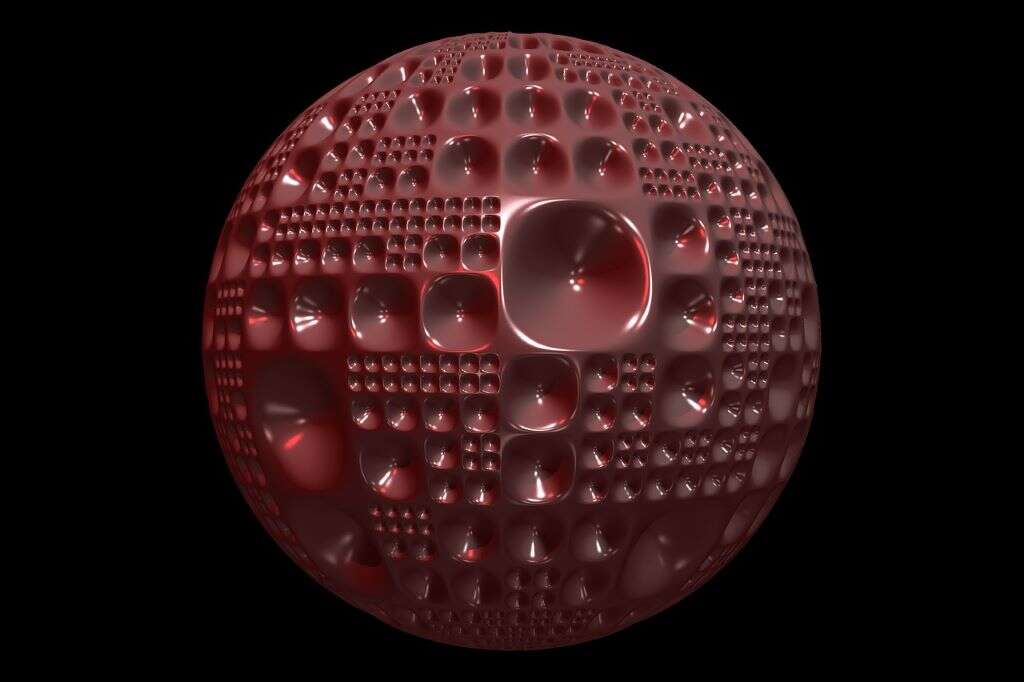
Redness and Swelling
When a pilonidal cyst becomes infected, the first symptoms may be redness and swelling in the affected area. A person could discover a cyst when these symptoms occur or have an existing cyst become larger and more noticeable.
A person should tell their doctor about these symptoms, as they can be signs of infection development. When pilonidal cysts get infected, they can become abscesses; painful, swollen pockets of infection that rarely heal on their own and can cause serious illness if not addressed.2‘Pilonidal Cyst - Symptoms and Causes.’ Mayo Clinic, 19 Nov. 2020, www.mayoclinic.org/diseases-conditions/pilonidal-cyst/symptoms-causes/syc-20376329

Pain
Even when not infected, a pilonidal cyst can be uncomfortable. The skin may be more prone to irritation or feel tender when a person sits down. If an infection sets in, however, the pain can quickly become more intense.1‘Pilonidal Cyst: Causes, Symptoms, Treatments & Removal.’ Cleveland Clinic, my.clevelandclinic.org/health/diseases/15400-pilonidal-disease
Pilonidal abscesses can be extremely painful. It may be unbearable to sit and painful to stand or lie down. The abscess may need to be drained and antibiotics taken before the pain eases.3‘Abscess - Symptoms.’ Nhs.uk, 19 Oct. 2017, www.nhs.uk/conditions/abscess/symptoms/

Fever
A fever is a normal immune system response, as the body temperature increases to fight bacteria or viruses. As a result, fevers are a common symptom of infection.
When someone has a pilonidal cyst that develops into an abscess, the skin around the site may be noticeably warm. They also may feel hot and uncomfortable throughout their body. Hydration is important while the body is fighting off the infection. It's recommended that a person with a fever drink lots of clear fluids.3‘Abscess - Symptoms.’ Nhs.uk, 19 Oct. 2017, www.nhs.uk/conditions/abscess/symptoms/
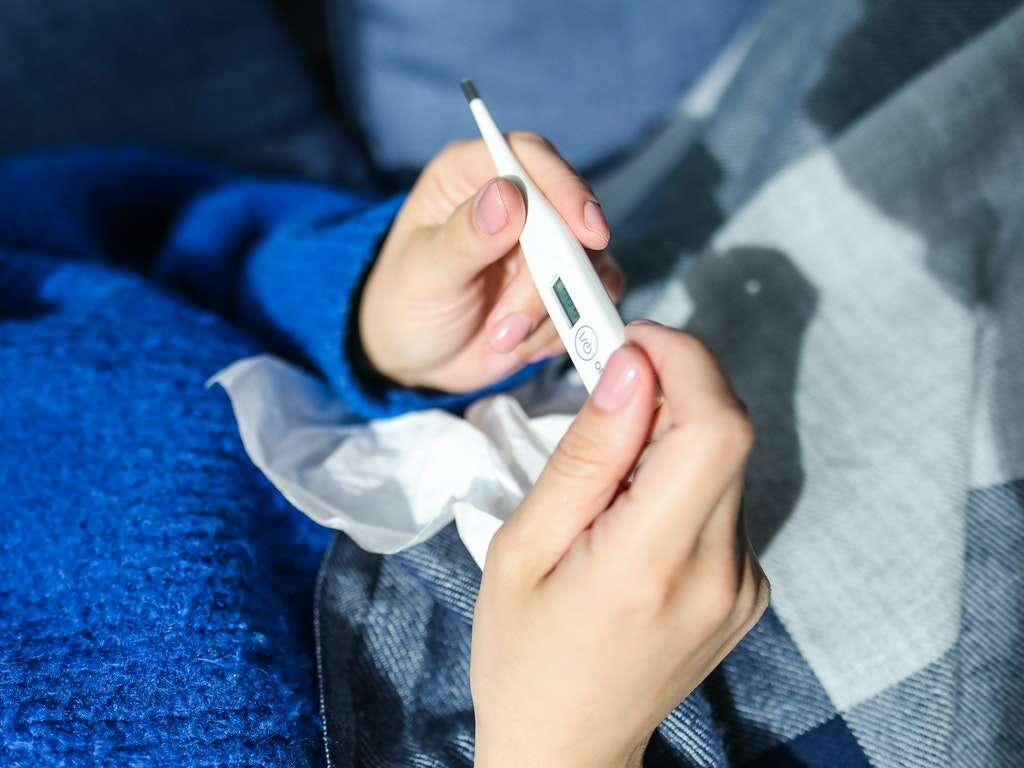
Chills
It's common for individuals with a fever to feel paradoxically cold. They may shiver and request blankets. Chills can also occur as a result of the infected pilonidal cyst itself.2‘Pilonidal Cyst - Symptoms and Causes.’ Mayo Clinic, 19 Nov. 2020, www.mayoclinic.org/diseases-conditions/pilonidal-cyst/symptoms-causes/syc-20376329
While chills alone may not be a medical emergency, they're a symptom that should be monitored. If a person's skin becomes clammy and cold, if they shiver continually or their body temperature drops well below the normal 98.6 degrees, it may signal a potentially dangerous complication that requires medical attention.4‘Sepsis: Causes, Symptoms, Treatment & Prevention.’ Cleveland Clinic, my.clevelandclinic.org/health/diseases/12361-sepsis
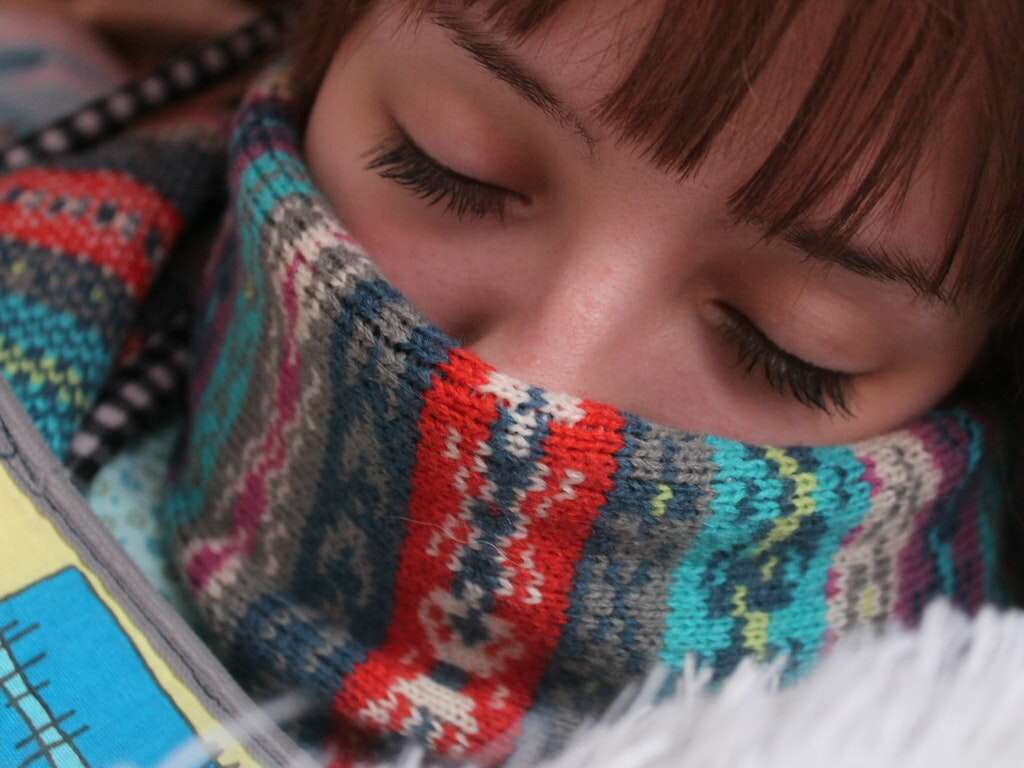
Pus
An open infected pilonidal cyst may begin to drain white or yellow pus. The pus may have a foul smell.2‘Pilonidal Cyst - Symptoms and Causes.’ Mayo Clinic, 19 Nov. 2020, www.mayoclinic.org/diseases-conditions/pilonidal-cyst/symptoms-causes/syc-20376329 With an abscessed cyst, the pus may be trapped and visible beneath the skin, resembling a giant pimple.
An abscessed cyst may need to be drained by a doctor in a sterile environment. It's not safe to puncture or slice open an abscess at home, as doing so may result in worsening infection, severe bleeding, pain or scarring.3‘Abscess - Symptoms.’ Nhs.uk, 19 Oct. 2017, www.nhs.uk/conditions/abscess/symptoms/

Nausea
A person with an infected pilonidal cyst may feel nauseated and lose appetite. The nausea can be made worse by dehydration from fever or the foul smell of draining pus. A person may also feel more tired.
When dealing with nausea, it's important to continue to eat and drink. Mild, dry foods such as saltine crackers or toast may be easier on the stomach. If a person can't eat or hold down food and liquids at all, they should go to a hospital.1‘Pilonidal Cyst: Causes, Symptoms, Treatments & Removal.’ Cleveland Clinic, my.clevelandclinic.org/health/diseases/15400-pilonidal-disease

Fatigue
Fighting off an infection is hard work for the body, and a person with an infected pilonidal cyst may feel tired more frequently than usual. Typical activities may be difficult to perform.
Even after an infected pilonidal cyst is properly drained and antibiotics are being taken, a person may not be able to keep up their usual level of activity. They may need plenty of rest for a few days before their energy returns.1‘Pilonidal Cyst: Causes, Symptoms, Treatments & Removal.’ Cleveland Clinic, my.clevelandclinic.org/health/diseases/15400-pilonidal-disease

Fast Heart Rate
In rare cases, an unmanaged infection in an abscessed pilonidal cyst can travel to the bloodstream. Once the infection is in the blood, it can quickly spread throughout the body and lead to a life-threatening complication called sepsis.
An elevated heart rate can be an early warning sign of sepsis. If a person with an infected pilonidal cyst feels as though their heart is racing or fluttering, they should go to a hospital to seek emergency medical attention.4‘Sepsis: Causes, Symptoms, Treatment & Prevention.’ Cleveland Clinic, my.clevelandclinic.org/health/diseases/12361-sepsis

Shortness of Breath
Another sign of a potentially life-threatening infection is shortness of breath. A person' breathing may be faster or more labored than usual or it could become very shallow. The person's lips or skin may also take on a bluish tinge due to insufficient oxygen.
If a person with an infected pilonidal cyst or abscess begins to have breathing difficulties, they should go to the hospital even if the infection seems to be under control. This complication can be fatal without timely medical attention.4‘Sepsis: Causes, Symptoms, Treatment & Prevention.’ Cleveland Clinic, my.clevelandclinic.org/health/diseases/12361-sepsis







